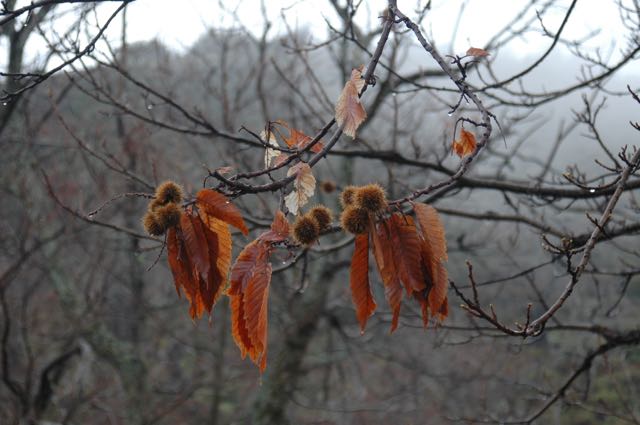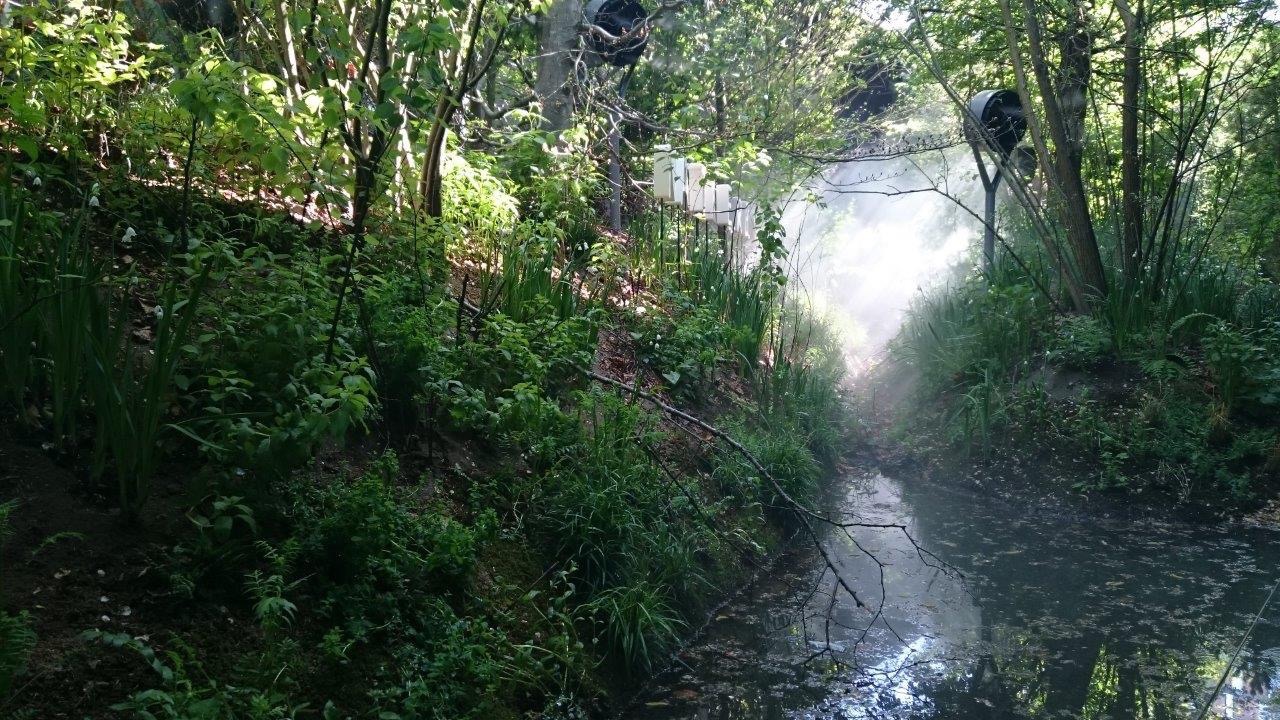URBAN WOODS – a Lesson by Milan World Expo 2015
Helga Fassbinder












‚Nearly all densely built cities suffer from pollution which, time and time again, exceeds the legal limits as defined by the European Commission. Within the borders of the EU this can have grave economic consequences, e.g.. the discontinuation of building projects due to over exceeding the limit on the amounts of fine particulate matter. But this also presents a clear health threat to citizens. Calculations of death caused by fine particulate matter differ, but all of them show alarming quantities.
Cities are looking at measures to reduce fine particulate matter that will not exceed their present budgets which will work, not just for the short term but also for the long term. In Paris, France, for example, on windless days, there is a clear spike in levels of fine particulate matter. It is for this reason that the local government allows cars with even numbered licence plates to drive on certain days while those with uneven licence plate numbers drive on other days. This is not really solving the problem in a satisfactory manner. What, in fact, can be done in the long term? The answer to that question is found at the 2015 World Expo in Milan at the Austria Pavilion.
At the Expo in Milan, Austria introduced a remarkable contribution in their pavilion which gives a long term comprehensive solution for the problem of polluted urban air, namely ‚urban woods,’ the inclusion of woods within cities.
Impressively the evidence is represented by the amount of trees needed to significantly contribute in improving air quality in the urban environment. Thus an overall improvement, concerning economy and quality of life for citizens, can be achieved: e.g. less fine particle matter in the air by a ‚consumption‘ of this stuff by the leafs, but also cooler temperature during hot summers, good for ones’ emotional wellbeing as well as lowering the death rate during heatwaves and is effective against one of the major health threats of our time, depression. All these effects are supported by many scientific studies.
In Milan the Austria Pavilions’ main theme is air or ‚ Breath,’ connecting buildings and environment in an integrated model:

Through the large-scale planting of forest on an area of 560m2, ‚Breath‘ gives the experience of the contribution of trees in a complex and at the same time sensually perceptible way.
The vegetation of this forest has an entire leaf surface or evaporation surface of about 43.200m2, generating 62.5 kg fresh oxygen per hour – the demand for 1,800 people: so it is a „photosynthesis collector“ contributing effectively to the global oxygen production.
This effect is enlarged by evaporative cooling in the pavilion – a natural air conditioning without any technical support.
So the perceived air of a dense forest from Austria can be readjusted with comparatively natural action , which is based on the cooling effect of evapo- transpiration of plants.
The result obtained is significantly different, at different sense levels, from the surrounding air and climate in Milan and becomes perceptible clearly.
The surface of 560m2 is comparatively small – in urban dimensions it is a rather little park, nearly a pocket park. Especially for new urban areas possible to design and realize. But the amount of trees on this small area can also be spread over different urban locations, on streets, on roofs, even on facades, with the same effects in summary.
We as editors of BIOTOPE CITY JOURNAL are la bit proud that our staff member Bernhard Scharf, biologist, researcher at the University of Agricultural Sciences , author of several publications on the effects of green on the urban climate, has made a significant contribution with the design and the responsibility of the Austrian Pavilion vegetation technology.
For more information have a look at: http://terrain.de/breathe-austria/

But Milan offers even another clue : Just recently in Milan a spectacular example of an urban forest has been completed : the building ‚ Bosco Verticale ‚ by Stefano Boeri . We reported it in BCJ. It demonstrates the possibility of urban woods in a dense city – an encouraged experiment which can change our view on the esthetics of buildings on the way to another image of architecture, suitable to the requirements of our time: pollution, climate change, globally growing population up to 9 à 14 billion even in this century, living up to 70% and more in cities, with no clear separation between regenerative nature and areas covered by buildings and traffic routes.
Urban planners and architects are appealed to implement these findings about the support of urban woods and urban trees in the struggle against pollution and climate change through a wise planning and design of green urban space and green covered buildings.
By the way: Here is a link to some articles about trees and their effects on the air on the site of the Growing Air Foundation:
Abbildungen Helga Fassbinder, Bernhard Scharf
